Harvesting Cannabis Plants: Expert Guide & Best Practices
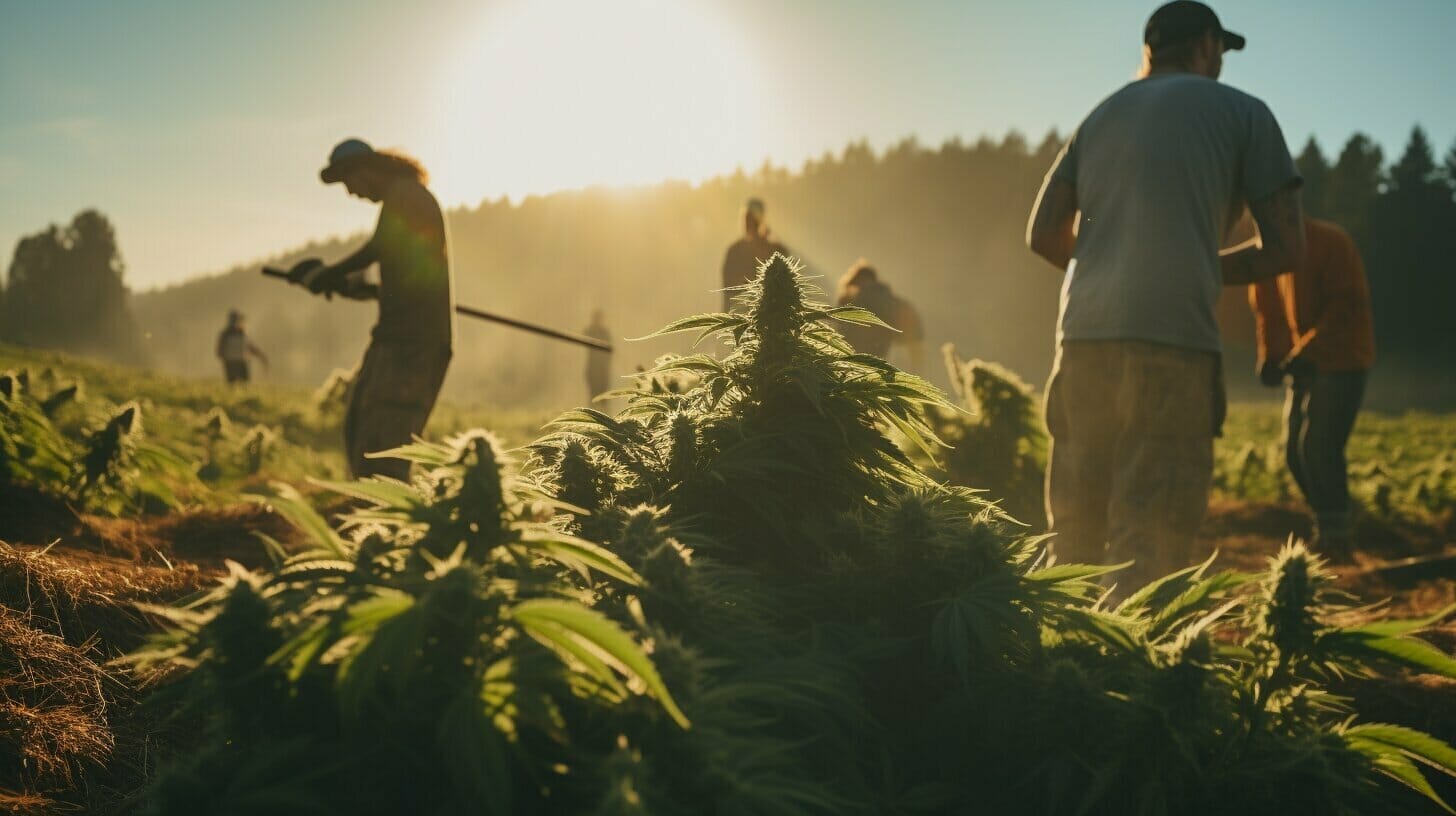
Harvesting cannabis plants is a crucial step in the cultivation process that requires careful consideration and attention to detail. Whether you’re a seasoned grower or a novice, following expert guidance and best practices can optimize the quality and yield of your harvest.
In this article, we will guide you through the essential steps of harvesting cannabis plants, from identifying the optimal time to harvest to curing and storing the harvested buds. We will explore the tools and techniques required for a successful harvest, common mistakes to avoid, and best practices for maximizing potency and yield.
Key Takeaways
- Harvesting cannabis plants requires careful attention to detail and following expert guidance and best practices.
- Understanding the cannabis plant life cycle, identifying the optimal time to harvest, and using the right tools and techniques are essential for a successful harvest.
- Curing and storing the harvested buds properly can maintain their potency and quality, while maximizing potency and yield requires optimal harvest conditions.
- Common mistakes to avoid include premature and late harvesting, and implementing best practices for effective harvesting requires plant preparation, trimming techniques, and hygiene maintenance.
- Quality control measures such as testing the potency of harvested cannabis, proper storage techniques, and prevention of mold and pests can ensure the safety and quality of the final product.
Understanding the Cannabis Plant Life Cycle
The cannabis plant has a complex life cycle that is divided into several distinct stages. Understanding these stages is crucial for successfully harvesting high-quality buds.
The first stage of the cannabis plant’s life cycle is the vegetative stage, where the plant puts all its energy into growing leaves, stems, and roots. The second stage is the flowering stage, which is where the plant starts to produce buds.
It is during the flowering stage that the plant’s trichomes and pistils become the most important indicators of when to harvest. Trichomes are tiny, hair-like structures that grow on the buds and leaves of the plant. These trichomes contain most of the cannabinoids and terpenes that give cannabis its unique effects and flavor.
Pistils, on the other hand, are the tiny hairs that grow on the buds. They start off white or light-colored and turn red, brown, or orange as the plant matures. The color of the pistils is another important indicator of when to harvest.
As the cannabis plant matures, the trichomes also change color, going from clear to cloudy to amber. This change in color is a clear signal that the plant is ready to be harvested.
Trichomes and Harvest Time
Trichomes are the most important factor in determining when to harvest cannabis plants. The color of the trichomes is a clear signal of the plant’s THC and cannabinoid content. Clear trichomes indicate that the plant is still in its early stages of maturity and has not yet reached its full potential in terms of cannabinoid content and potency.
Cloudy trichomes are a sign that the plant has reached its peak in terms of cannabinoid content and potency. This is the optimal time for harvesting cannabis plants if you are looking for the most potent and flavorful buds possible.
Amber trichomes are a sign that the plant is starting to degrade and lose its potency. Harvesting cannabis plants at this stage will result in lower-quality buds with less THC content and reduced effects.
Pistils and Harvest Time
While trichomes are the most important factor in determining when to harvest cannabis plants, pistils also play a crucial role. As the plant matures, the pistils will change color from white to a more reddish or brownish hue.
When the pistils start to change color, this is a sign that the plant is getting close to maturity and is ready for harvest. Harvesting cannabis plants too early can result in lower-quality buds with less potency and less desirable effects.
In summary, understanding the cannabis plant’s life cycle, and the role of trichomes and pistils during the flowering stage, is essential for successful harvests. Paying close attention to these indicators will ensure that you harvest your plants at the optimal time for the most potent and flavorful buds possible.
Identifying the Right Time to Harvest
Harvesting cannabis plants at the right time is crucial to ensure the optimal potency and yield of the buds. The timing of the harvest depends on several factors, including the strain of the plant, the growing conditions, and the desired effects of the buds. Here are some indicators to help you determine when your cannabis plants are ready to be harvested:
Trichome Color
Trichomes are small resin glands that develop on cannabis buds and leaves. They contain cannabinoids such as THC and CBD, which are responsible for the plant’s psychoactive and medicinal properties. The color of the trichomes is a reliable indicator of the plant’s maturity. As the plant approaches maturity, the trichomes change color from clear to opaque, and then to amber. The ideal time to harvest depends on the desired effect of the buds. For a more energizing high, harvest when the trichomes are clear or translucent. For a more relaxing or sedative effect, harvest when the trichomes are mostly opaque, with a few amber trichomes.
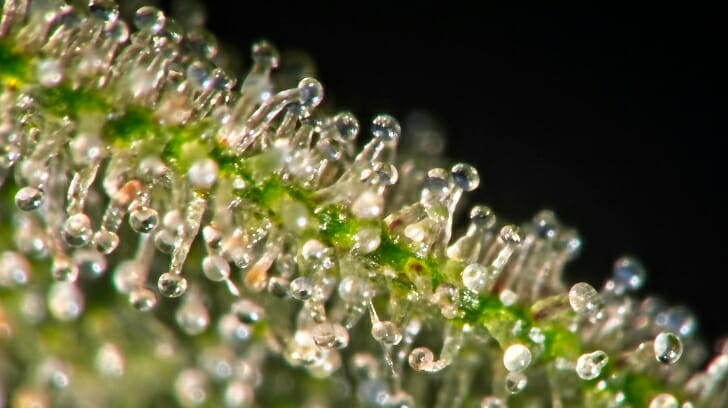
Pistil Color
Pistils are the hair-like structures that grow on buds. They start out white and turn reddish-brown as the plant reaches maturity. This color change is another indicator of the plant’s readiness for harvest. If most of the pistils have turned brown, the plant is likely mature and ready for harvest. However, some strains have naturally colored pistils, so it’s important to use pistil color as a secondary indicator.
Plant Size
The size of the plant is also an important factor in determining when to harvest. As the plant matures, it will stop growing and focus its energy on producing buds. At this point, the plant may start to wither and lose its leaves. Once this happens, it’s a good indication that the plant is ready for harvest.
It’s important to note that premature harvesting can greatly impact the potency and yield of the buds, while waiting too long to harvest can lead to a decrease in potency and an increase in the likelihood of mold formation. Therefore, it’s crucial to monitor your plants and harvest them at the right time.
Tools and Techniques for Harvesting Cannabis Plants
Harvesting cannabis plants involves several essential tools and techniques to ensure a successful harvest. Here are some best practices to keep in mind:
Harvesting Tools
Some of the essential harvesting tools you will need include:
| Tool | Description |
|---|---|
| Pruning Shears | These are used to cut the branches of the plant. |
| Scissors | You’ll need good-quality trimming scissors to ensure a clean cut on the buds. |
| Gloves | Disposable gloves are recommended to maintain hygiene when handling plants. |
Cannabis Plant Trimming
Trimming the cannabis plant is a crucial step in the harvesting process. Two methods for trimming are commonly used: wet trimming and dry trimming.
Wet trimming is when you trim the cannabis plant right after cutting it down.
Wet trimming is faster and easier. However, it can be more challenging to trim the leaves when the plant is wet, and it can also increase the risk of mold growth.
Dry trimming is when you trim the plant after it has been hung up to dry.
Dry trimming takes longer and requires more effort. However, it results in higher-quality buds and reduces the risk of mold growth.
Manicuring Cannabis Buds
Manicuring the buds is a process of removing unwanted plant material to enhance the quality of the buds. Here are the steps involved in manicuring cannabis buds:
- Remove the large fan leaves from the harvested branches.
- Cut off the small leaves from the buds using scissors or a trimming machine.
- Trim away excess stems and leaves to give the buds a desired look and shape.
By following these tools and techniques, you can ensure a successful and high-quality harvest.
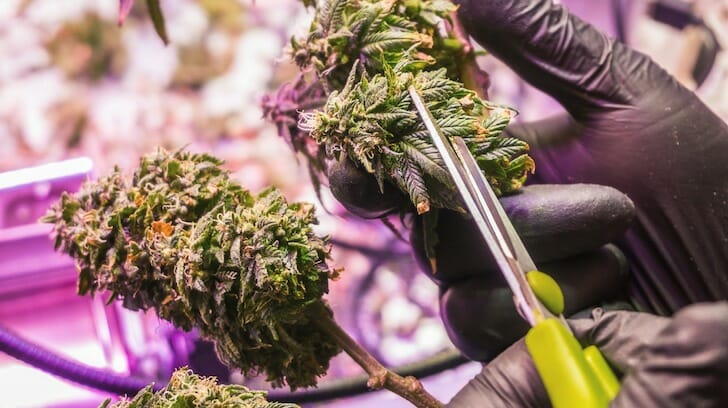
Step-by-Step Guide to Harvesting Cannabis Plants
Harvesting cannabis plants is a crucial process that requires careful attention and consideration. To ensure the best results, follow these steps:
- Remove the large fan leaves from the plant. These leaves have little to no THC, so removing them will make the trimming process easier and improve the quality of the buds.
- Cut down the plants at the base of the stem. Use a sharp pair of scissors or pruning shears for a clean cut.
- Hang the plants upside down in a cool, dark, and dry environment. Use a string or wire to hang the plants from the stem and allow them to air dry. Be sure to maintain proper ventilation to prevent mold growth.
- Cut the buds from the stem. Once the buds are dry, use scissors to cut them from the stem. Be sure to handle them gently to prevent damage or bruising.
- Manicure the buds. This involves removing any remaining leaves, stems, and seeds from the buds. Use a sharp pair of scissors or a trimming tool to carefully remove any excess material. Be careful not to over-trim, as this can damage the buds.
- Store the buds in an airtight container. Once the manicuring process is complete, store the buds in an airtight container in a cool, dark, and dry place. This will help preserve their potency and flavor.
Following these steps will result in high-quality, potent buds that are perfect for consumption.
Curing and Storing Harvested Cannabis Buds
After harvesting your cannabis plants, the next critical step is to cure and store the harvested buds properly. Proper curing and storage ensure that the buds retain their potency, flavor, and aroma.
Here are some techniques to help you cure and store your buds:
- Trimming: After harvesting your buds, you need to trim the leaves and stems from the buds carefully. This process is known as manicuring, and it helps to remove any excess moisture from the buds. Trim as close to the buds as possible to avoid removing any additional trichomes.
- Curing: Once you have trimmed your buds, place them in an airtight container and store them in a cool, dark place. Curing allows the buds to release any remaining moisture and helps to improve their flavor and aroma over time. Open the container for a few minutes each day to release any built-up moisture and replace the air in the container.
- Storage: After curing, you can store your buds in an airtight container in a cool, dry, and dark place. Too much exposure to heat, light, and air can cause the buds to lose their potency and flavor. The ideal storage temperature is between 60-70°F, and the humidity level should be between 50-65%. Avoid storing your buds in the fridge or freezer, as this can damage the trichomes and reduce the potency of the buds.
Remember to label your containers with the strain name and the date of harvest to keep track of your buds. With proper curing and storage, your cannabis buds can maintain their quality for long periods, providing you with a plentiful supply of high-quality cannabis.
Maximizing Potency and Yield during Harvest
Harvesting cannabis plants at the right time and using proper techniques can significantly increase the plant’s potency and yield. Here are some factors to maximize the potential of your harvested cannabis:
Optimal Harvest Conditions
The ideal time to harvest cannabis plants is when the trichomes are milky white and the pistils have turned brown or red. Harvesting at the right time ensures that the buds have reached their maximum potency and have not yet started to degrade.
Growers should also consider the environmental factors during the harvest process. Harvesting during the cooler hours of the day can help preserve terpenes and cannabinoids, while excessive heat can lead to degradation.
Light Exposure during Harvest
Light exposure during the harvest process can also affect the potency of cannabis buds. Exposing harvested buds to direct sunlight can cause deterioration and degradation, while keeping them in dark, cool, and dry conditions can help preserve their potency and flavor.
Growers should also avoid using UV lights during the drying process, as this can lead to the breakdown of THC and other cannabinoids.
Trimming Techniques
Trimming cannabis plants effectively can help increase their potency and yield. Wet trimming removes leaves immediately after harvest, while dry trimming involves removing leaves after the buds have dried. Both techniques have their advantages and disadvantages.
Manicuring buds also plays a crucial role in maximizing their potency, as it removes any excess plant material that can affect the flavor and potency. Proper manicuring involves removing all the extra leaves, stems, and other unwanted plant material, without damaging the trichomes or buds.
By following these best practices, growers can ensure that they are harvesting cannabis plants at the optimal time, using the right techniques, and maximizing their potency and yield.
Common Mistakes to Avoid when Harvesting Cannabis Plants
Harvesting cannabis plants can be a complex process that requires careful attention to detail. However, even experienced growers can make mistakes that can impact the quality and potency of the final product. Here are some common mistakes to avoid when harvesting your cannabis plants:
Premature Harvesting
One of the most common mistakes growers make is harvesting their plants too early. Premature harvesting can lead to a loss in potency and yield, as well as a harsher flavor. To avoid this mistake, be patient and wait until your plants have reached their peak maturity before harvesting.
Late Harvesting
Harvesting your cannabis plants too late can also be detrimental to the final product, as the trichomes may have started to degrade, leading to a loss in potency. Additionally, the buds may have become too dry, making them difficult to trim and cure properly. To avoid late harvesting, make sure to closely monitor the process and harvest your plants at the optimal time.
Over-Trimming or Under-Trimming
Trimming your cannabis buds is an important part of the harvesting process, but it’s essential to find the right balance. Over-trimming can remove too much of the plant material, impacting the flavor and potency of the buds, while under-trimming can leave excess plant material that can impact the overall quality of the product. Make sure to trim your buds carefully and with precision.
Poor Hygiene
Maintaining proper hygiene during the harvesting process is crucial to prevent the growth of bacteria and mold that can impact the final product. Make sure to wash your hands thoroughly before handling your plants and use clean tools and equipment.
By avoiding these common mistakes, you can ensure a successful harvest and a high-quality final product.
Best Practices for Harvesting Cannabis Plants
While harvesting cannabis plants may seem like a simple process, it is crucial to follow expert guidance and best practices to ensure a successful harvest. Here are some additional tips for harvesting cannabis plants effectively:
- Prepare your plants: Before harvesting, ensure that your plants are well-fed and hydrated. This will help in maintaining the quality of your buds.
- Use the right trimming technique: Consider the wet trimming or dry trimming technique that is best for your buds. Wet trimming involves trimming immediately after harvesting, while dry trimming involves trimming after the buds are dried.
- Maintain hygiene: Ensure that your tools and equipment are clean and free of debris. This will help prevent contamination and maintain the quality of your buds.
Following these best practices will help ensure a successful harvest and maintain the potency and quality of your harvested cannabis buds.
Ensuring Quality and Safety in Harvested Cannabis
Harvested cannabis plants require proper handling to ensure that they remain potent, safe, and free from contaminants. Here are some best practices to observe during and after the harvest:
- Quality Control: The cannabis flowers need to be tested for potency. This process ensures that the plants are harvested at their peak potency. You can use various testing kits available to determine the THC and CBD levels.
- Storage: Proper storage is vital to keep the harvested cannabis potent and free from contaminants. Store the cannabis in a cool and dark place. Put the buds in airtight containers and add moisture packs to maintain the right humidity levels. Do not store them in plastic bags as they can trap moisture and promote mold growth.
- Mold and Pest Prevention: Mold and pests can destroy the quality and safety of harvested cannabis plants. Ensure that the plants are dry before storage to prevent mold growth. Use organic pest control methods like neem oil to keep the plants free from pests.
By following these best practices, you can maintain the quality, potency, and safety of harvested cannabis plants. Proper handling guarantees that the plants deliver the desired effects and provide a safe experience for users.
Harvesting Cannabis Plants: Conclusion
Harvesting cannabis plants can be a challenging but rewarding process. By following the expert guidance and best practices outlined in this article, growers can maximize the potency and yield of their crops while maintaining the quality and safety of the harvest.
Remember to pay close attention to the cannabis plant’s life cycle and assess the indicators of maturity to determine the optimal time for harvest. Utilize the proper tools and techniques for trimming and manicuring the buds, and follow the step-by-step guide for harvesting and curing.
Prevent common mistakes such as premature or late harvesting, and ensure quality control and safety by testing potency, proper storage, and preventing mold and pests. By implementing these best practices, growers can achieve a successful and satisfying cannabis plant harvest.
FAQ
Q: How important is it to follow expert guidance and best practices when harvesting cannabis plants?
A: Following expert guidance and best practices is crucial for a successful harvest. It ensures that you achieve the desired potency, yield, and overall quality of the harvested cannabis plants.
Q: What are the different stages of the cannabis plant life cycle?
A: The cannabis plant goes through various stages of growth, including germination, vegetative, and flowering stages. The flowering stage is particularly important for harvesting.
Q: How do trichomes and pistils indicate the readiness of cannabis plants for harvest?
A: Trichomes and pistils play a vital role in determining the maturity of cannabis plants. The color and appearance of trichomes and pistils indicate when the plants are at their peak potency and are ready for harvest.
Q: What tools and techniques are necessary for harvesting cannabis plants?
A: Essential tools for harvesting cannabis plants include trimming scissors, gloves, and drying racks. Wet trimming and dry trimming are common techniques, and manicuring cannabis buds helps optimize their quality.
Q: What are the steps involved in harvesting cannabis plants?
A: The step-by-step process of harvesting cannabis plants includes removing large fan leaves, cutting down the plants, hanging them for drying, and properly handling the drying process for the buds.
Q: How should harvested cannabis buds be cured and stored?
A: It is important to properly cure harvested cannabis buds to enhance their flavor, potency, and overall quality. Different curing techniques can be used, and the cured buds should be stored in airtight containers in a cool and dark place.
Q: How can the potency and yield of harvested cannabis plants be maximized?
A: Maximizing the potency and yield of harvested cannabis plants can be achieved by maintaining optimal harvest conditions, such as ensuring proper lighting and temperature. These factors can significantly impact the final product.
Q: What are some common mistakes to avoid when harvesting cannabis plants?
A: Common mistakes to avoid include premature harvesting, which can result in reduced potency, as well as late harvesting, which can lead to degraded quality. It is important to harvest at the optimal time.
Q: What are some best practices for harvesting cannabis plants?
A: Best practices for harvesting cannabis plants include properly preparing the plants, using effective trimming techniques, and maintaining hygiene throughout the harvest process. These practices contribute to a successful harvest.
Q: How can quality and safety be ensured in harvested cannabis?
A: Ensuring quality and safety in harvested cannabis involves conducting potency tests, implementing proper storage techniques to prevent degradation, and taking measures to prevent mold and pests from contaminating the buds.
Suggested Articles
;)
;)
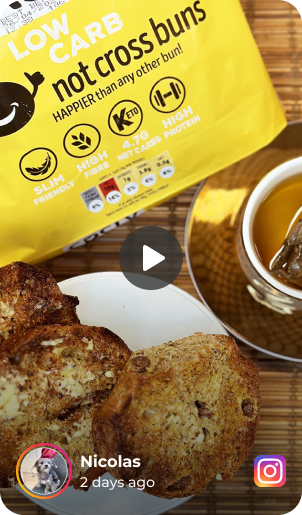;)



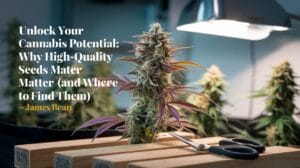
 24 Jun 2025
24 Jun 2025  5 min read
5 min read
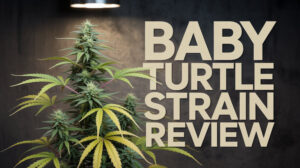
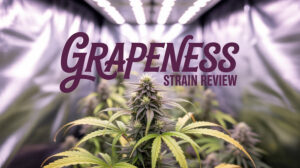
 August 21, 2023
August 21, 2023 


RESPONSES (0)
No responses yet. Be the first to respond!